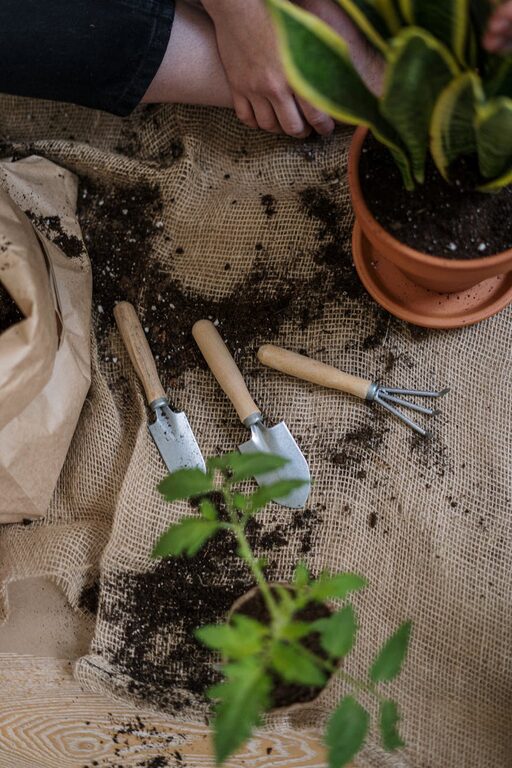Starting a small herb garden indoors is a rewarding and practical way to bring fresh flavors into your kitchen all year long. Whether you have limited outdoor space or want to enjoy gardening regardless of the season, growing herbs inside offers convenience and pleasure. This guide will walk you through the essentials—from selecting herbs to caring for your mini garden.
Why Grow Herbs Indoors?
Indoor herb gardens provide fresh ingredients for cooking, add greenery to your home, and can be a satisfying hobby. Growing herbs indoors means you control conditions such as light, water, and temperature, often leading to healthier plants. Plus, it reduces trips to the store and cuts down on packaging waste.
Choosing the Right Herbs for Indoor Gardening
Not all herbs thrive equally indoors. Look for varieties that adapt well to container growing and lower light conditions. Some popular choices include:
– Basil: Loves warmth and sunlight, perfect near a south-facing window.
– Mint: Hardy and fast-growing, but best kept in separate pots due to spreading roots.
– Parsley: Prefers indirect sunlight and consistent moisture.
– Thyme: Tolerant of drier soil and bright light.
– Chives: Easy to grow and can tolerate moderate light.
– Oregano: Thrives with plenty of sunlight and well-draining soil.
Start with 3 to 5 types you use often in cooking to keep your garden manageable.
Selecting Containers and Soil
Containers
Use pots with drainage holes to prevent waterlogging, which can cause root rot. Options include:
– Terra cotta pots: Breathable and absorb moisture.
– Plastic pots: Lightweight and retain moisture better.
– Ceramic pots: Decorative and sturdy but heavier.
You can also repurpose containers like mugs or tins, just be sure to add drainage.
Soil
Opt for a high-quality potting mix formulated for indoor plants. Avoid garden soil since it may compact, drain poorly, and contain pests or diseases. Look for mixes with components like peat moss, vermiculite, and perlite.
Finding the Ideal Spot
Light is crucial for herb growth. Most herbs need 6 to 8 hours of light daily. The best location is usually a bright south or west-facing windowsill. If natural light is limited, consider supplemental lighting with LED grow lights. Position plants so their leaves get ample light and rotate the pots weekly to promote even growth.
Planting Your Herb Garden
- Fill each container with potting soil, leaving about an inch from the top.
- If using seeds, follow the packet instructions for depth and spacing. Keep soil moist but not soggy.
- For starter plants, dig a hole slightly larger than the root ball and place the plant inside. Cover gently with soil and press lightly.
- Water thoroughly after planting.
Caring for Your Indoor Herb Garden
Watering
Herbs typically prefer soil that is moist but well-drained. Overwatering is a common problem. Check the top inch of soil; if it feels dry, it’s time to water. Water until it drains from the bottom of the pot, then empty any excess from saucers.
Fertilizing
Feed herbs with a balanced, water-soluble fertilizer every 4 to 6 weeks during the growing season. Use a diluted solution to avoid over-fertilizing, which can reduce flavor intensity.
Pruning and Harvesting
Regular pruning encourages bushier growth and prevents herbs from becoming leggy. Trim the plants by snipping just above a leaf node. Harvest leaves as needed, but avoid removing more than one-third of the plant at a time to keep it healthy.
Pest Management
Indoor herb gardens occasionally attract pests like aphids or spider mites. Inspect plants regularly. If pests appear, wipe leaves with a damp cloth or use insecticidal soap designed for edible plants.
Additional Tips for Success
– Group plants with similar light and water needs together.
– Use a spray bottle to mist plants occasionally in dry indoor air.
– Clean leaves gently to remove dust and improve photosynthesis.
– Repot herbs when they outgrow their containers, usually once a year.
Enjoy Your Fresh Herbs!
With some attention and care, your indoor herb garden will flourish and provide you with a delightful supply of fresh herbs. Experiment with different varieties and recipes to make the most of your gardening efforts. Growing herbs indoors not only enhances your cooking but also brings a touch of nature into your home.
Happy gardening!

